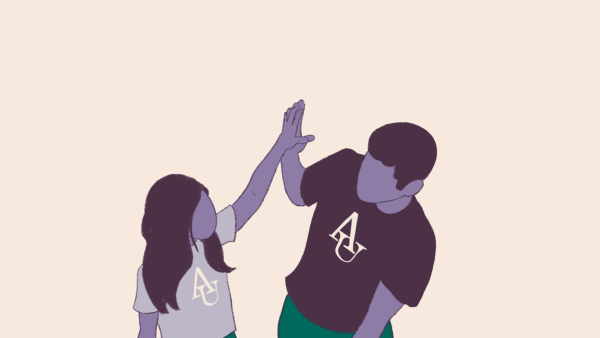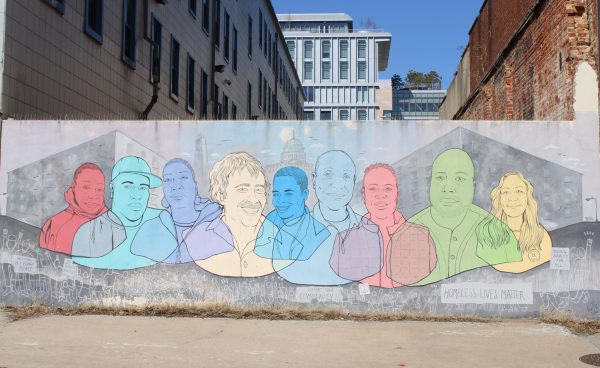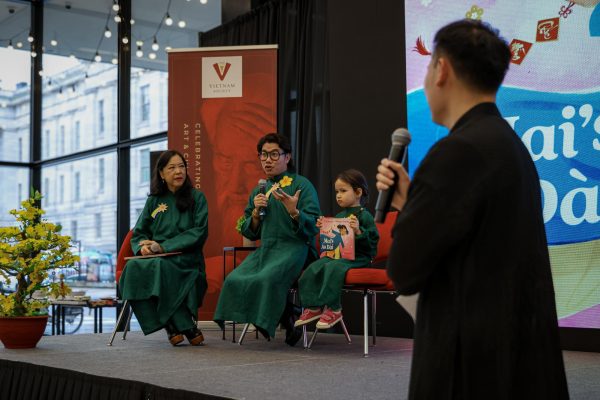Coming to America: Life as an International Student
The American dream held rich prospects for me that my home couldn’t provide. Home is Singapore, barely a blip on the world map. It wasn’t until I set foot in the country that I realized the many differences that exist between our cultures.
Though a relatively small difference, I was shocked to see students resting their feet on tables throughout the campus. Growing up, my father liked to remind me not to put my feet up “like a rickshaw driver” because in Singapore, it is considered rude to put your feet up while with others or outdoors.
American University currently has over 1000 international students and scholars, many of whom have also been adjusting to new cultural norms. Take for instance Fu Hamabe, a friend from Japan, surprised at first by the way American students act in class.
“Japan is really a small country, so we have to co-operate and respect each others’ opinions,” Hamabe said. “It’s about leadership, raising your hands in class and standing out, which was a bit of a culture shock to me. It is good for me actually, as I’m sometimes tired of Japanese collectivism and here you can speak your mind. And Japanese people are more likely to be shy, and difficult to guess their opinions. It’s like, ‘Just say it!’ On the other hand in class, sometimes people talk too much—and this is frustrating as well.”
But Amir Awol, a student from Ethiopia, has been experiencing culture shock in a different way.
“I think it’s hard because, where I came from, it’s way different,” Awol said. “People interact a lot with one another. I feel Americans are more individualistic. Usually I spend most of my time hanging out with international students rather than American friends.”
Before arriving, I heard that Americans love to talk and as an avid conversationalist, I was sure I’d be in deep discussion most of the time. The friendly “How are you?” was a refreshing change, and I was thoroughly warmed by the friendly greeting. After a while though, the novelty wore off.
“Whenever you say [it], you expect people to reply they’re fine, they’re okay, but it’s actually a formality and you don’t care that much, and it was the most neutral thing somebody could ever say,” Joanna Heaney, a student originally from Rhode Island, said. “There was this one time where I did that and somebody replied, ‘I feel terrible.’ So I felt I actually had to have conversation with him and it threw me off guard.”
While neutral in day-to-day life, some see the frequent greeting as a sign of cultural warmth.
“I think Americans are very friendly. At least, face to face. While I was jogging, a complete stranger said hi to me,” said Eka Cipta Puetra Chandra, an Indonesian friend. “But while I was living in Singapore, they don’t.”
To navigate this new culture, I try to mimic the people I see at places like American University or the streets of Dupont Circle. I am mindful of how cashiers greet me when I check out groceries and reciprocate their passing well wishes. However, small talk isn’t taken too kindly in some situations, and I occasionally have to grudgingly accept the dead silence that fills the moment. Admittedly, many people here smile more enthusiastically than back home, but at the same time, others give sullen looks. Adapting to a new culture has challenged my assumptions about America, forcing me to look beyond stereotypes and giving me a new lense through which to see my home.











